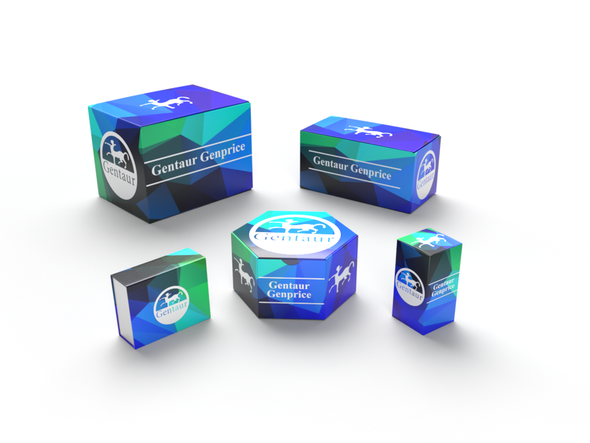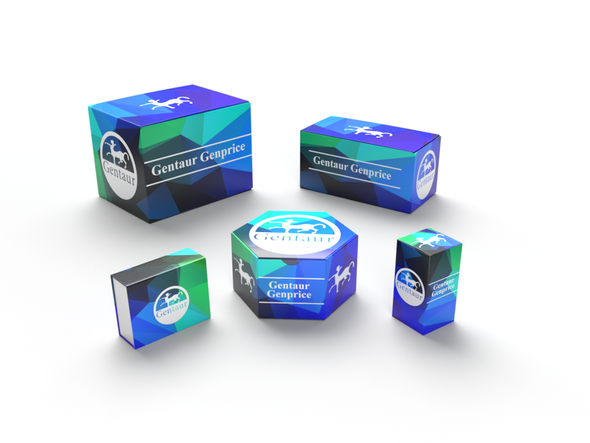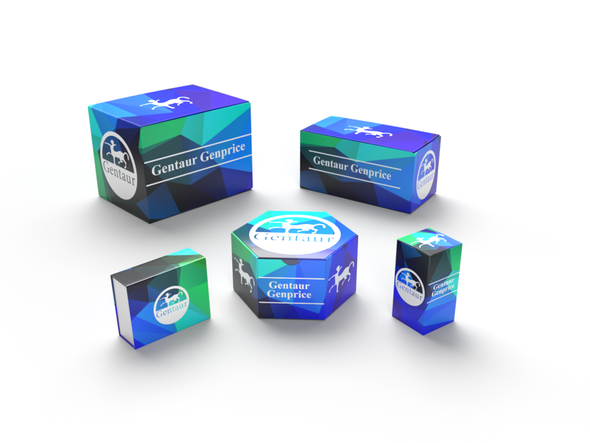Description
PAK3 Antibody | 63-292 | Gentaur UK, US & Europe Distribution
Host: Rabbit
Reactivity: Human
Homology: N/A
Immunogen: This PAK3 antibody is generated from rabbits immunized with a KLH conjugated synthetic peptide between 218-247 amino acids from the Central region of human PAK3.
Research Area: Cancer, Cell Cycle, Neuroscience, Signal Transduction
Tested Application: WB, IHC-P
Application: For WB starting dilution is: 1:1000
For IHC-P starting dilution is: 1:50~100
Specificiy: N/A
Positive Control 1: N/A
Positive Control 2: N/A
Positive Control 3: N/A
Positive Control 4: N/A
Positive Control 5: N/A
Positive Control 6: N/A
Molecular Weight: 62 kDa
Validation: N/A
Isoform: N/A
Purification: This antibody is prepared by Saturated Ammonium Sulfate (SAS) precipitation followed by dialysis
Clonality: Polyclonal
Clone: N/A
Isotype: Rabbit Ig
Conjugate: Unconjugated
Physical State: Liquid
Buffer: Supplied in PBS with 0.09% (W/V) sodium azide.
Concentration: batch dependent
Storage Condition: Store at 4˚C for three months and -20˚C, stable for up to one year. As with all antibodies care should be taken to avoid repeated freeze thaw cycles. Antibodies should not be exposed to prolonged high temperatures.
Alternate Name: Serine/threonine-protein kinase PAK 3, Beta-PAK, Oligophrenin-3, p21-activated kinase 3, PAK-3, PAK3, OPHN3
User Note: Optimal dilutions for each application to be determined by the researcher.
BACKGROUND: PAK3, a member of the STE20 subfamily of Ser/Thr protein kinases, acts on a variety of targets. PAK3 interacts tightly with GTP-bound but not GDP-bound CDC42/p21 and RAC1. It shows highly specific binding to the SH3 domains of phospholipase C-gamma and of adapter protein NCK. This protein is highly expressed in postmitotic neurons of the developing and postnatal cerebral cortex and hippocampus. PAK3 is autophosphorylated when activated by CDC42/p21. Defects in PAK3 are the cause of non-specific X-linked nonsyndromic mental retardation type 30 (MRX30) . The protein structure contains 1 CRIB domain.






